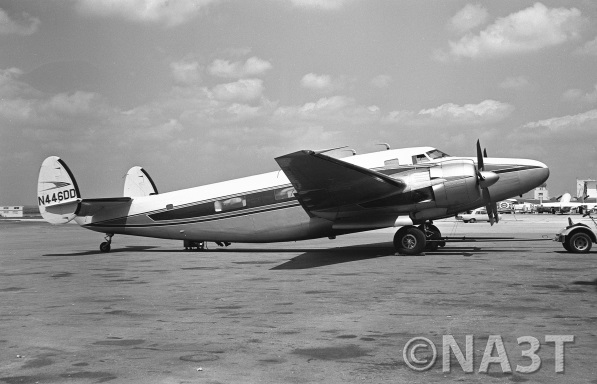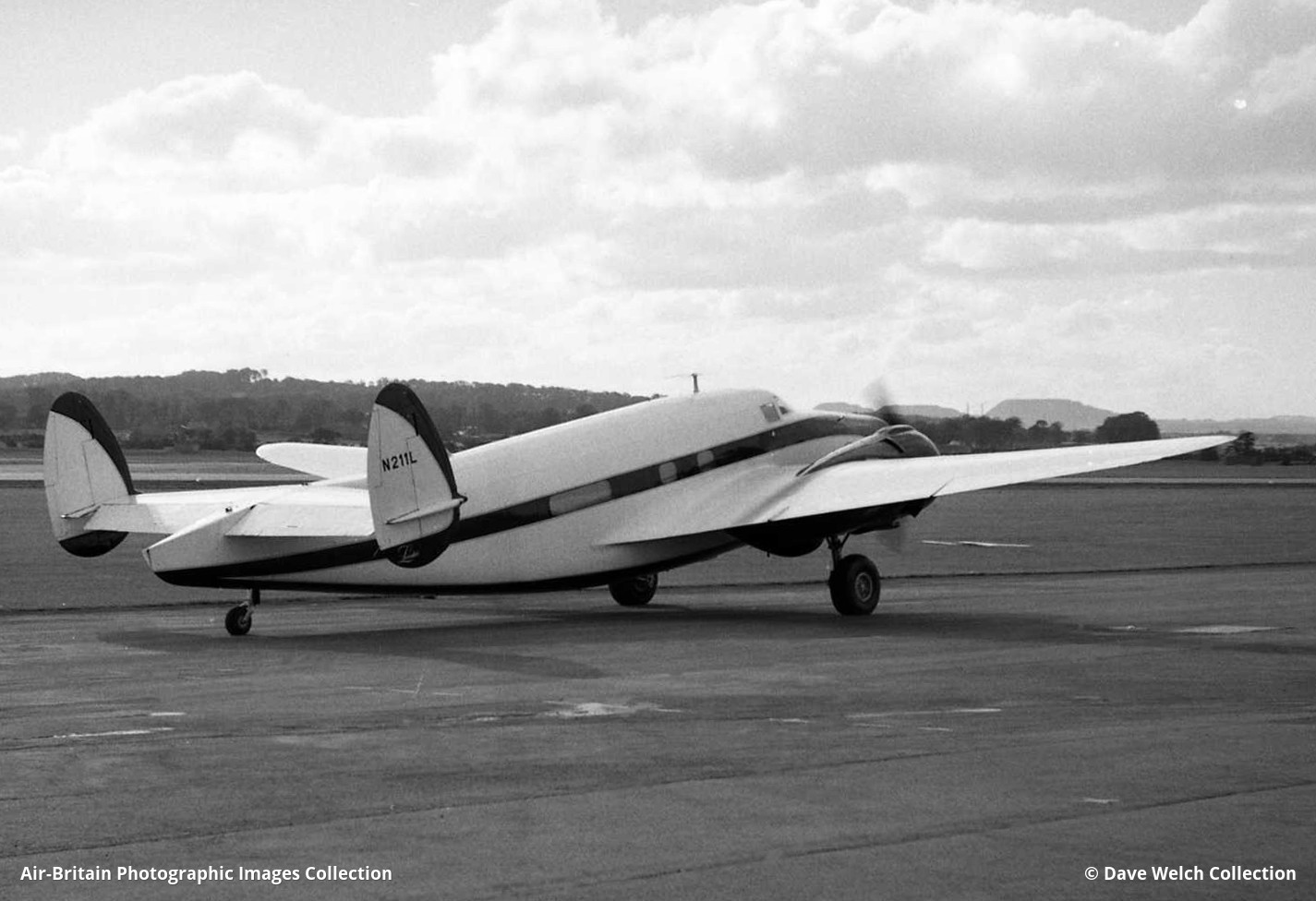Crash of a Howard Super Ventura in Austin
Date & Time:
Aug 3, 1972 at 0923 LT
Registration:
N446DD
Survivors:
Yes
Schedule:
Laredo - Dallas
MSN:
5696
YOM:
1943
Crew on board:
1
Crew fatalities:
Pax on board:
2
Pax fatalities:
Other fatalities:
Total fatalities:
0
Captain / Total hours on type:
308.00
Circumstances:
En route from Laredo to Dallas, one of the engine lost power due to oil exhaustion. The pilot was cleared to divert to Austin-Robert Mueller Airport but following a wrong approach configuration, the aircraft was not properly aligned. After touchdown on a wet runway, the airplane suffered hydroplaning then veered off runway and came to rest. All three occupants were uninjured while the aircraft was damaged beyond repair.
Probable cause:
In-flight engine failure or malfunction. The following factors were reported:
- Inadequate maintenance and inspection,
- Oil exhaustion, engine lubrication system,
- Improper IFR operation,
- Failed to initiate a go-around,
- Lack of familiarity with aircraft,
- Wet runway,
- Rain,
- Poorly planned approach,
- Not aligned with runway,
- Hydroplaning on wet runway,
- Partial loss of power on one engine,
- Cause of oil exhaustion not determined,
- Annual maintenance check performed the day before the accident,
- Other runway available,
- Wrong switch used for wipers.
- Inadequate maintenance and inspection,
- Oil exhaustion, engine lubrication system,
- Improper IFR operation,
- Failed to initiate a go-around,
- Lack of familiarity with aircraft,
- Wet runway,
- Rain,
- Poorly planned approach,
- Not aligned with runway,
- Hydroplaning on wet runway,
- Partial loss of power on one engine,
- Cause of oil exhaustion not determined,
- Annual maintenance check performed the day before the accident,
- Other runway available,
- Wrong switch used for wipers.
Final Report:







